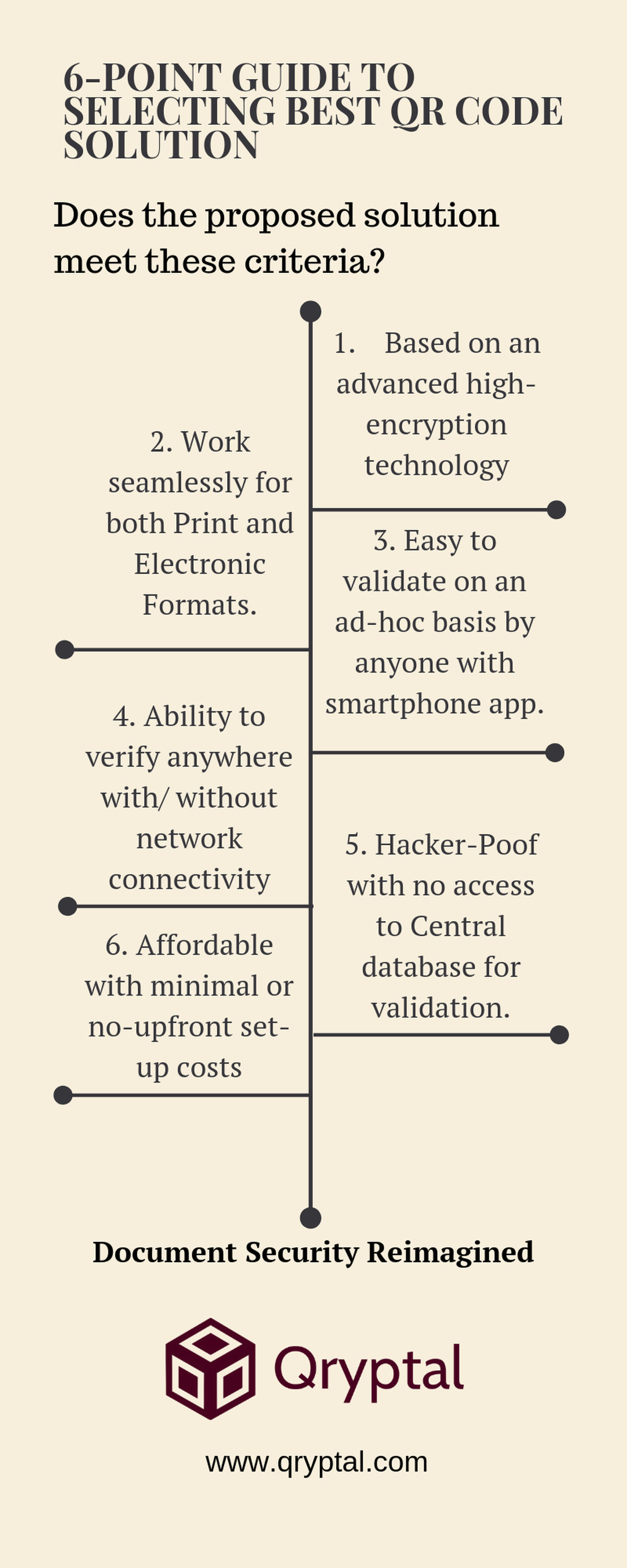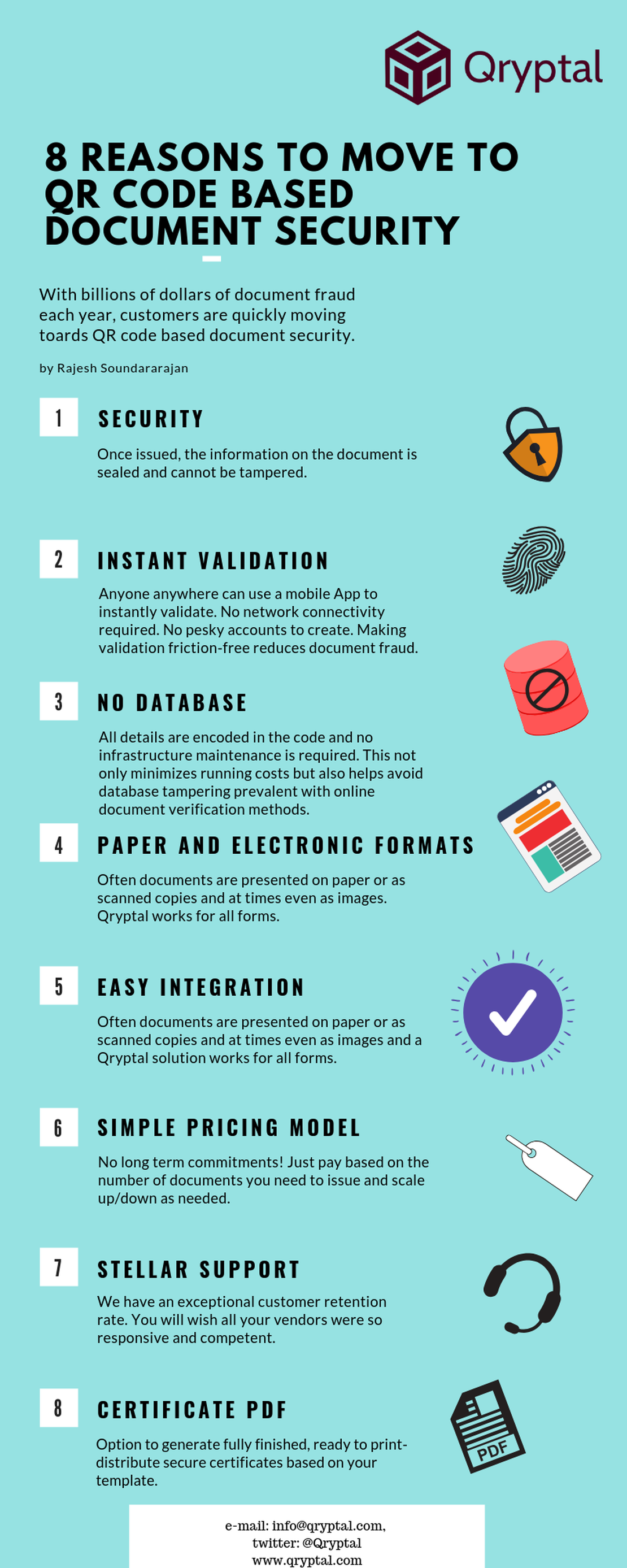How can you stop job racketeers from hijacking your potential candidates
- Rajesh Soundararajan
- Jan 07, 2020
- 5 min read
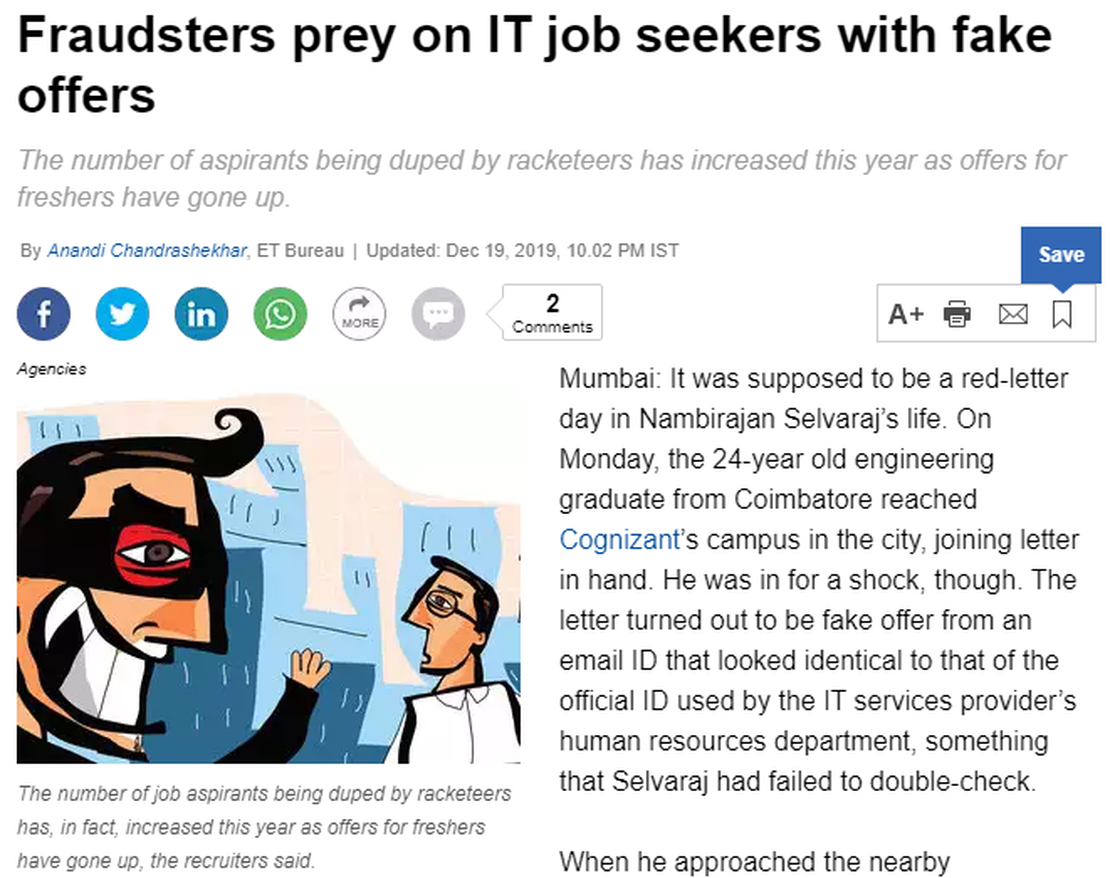
..and maintain the reputation of your business
When thousands like Nambi (see article below), get all excited about their dream offer from a dream company, its unfortunate when their excitement proves short-lived. Sometimes, the job offer with a good pay received from a dream organization proves to be farce and that can be tough to take.
That the freshers / employed alike fall prey to these job offers globally is not new. In the past, fly-by-night operators would attract and trap uneducated or not-so educated candidates from second-rung cities in developing countries with such tricks. With technology and access, the number of frauds has become more rampant and what is ironic is that the new victims are not the less educated or semi-literate, but the sophisticated educated graduates.
Why does this happen ?
1. The crisis of unemployment across the world is on hand a significant contributing factor.
2. Not to be left behind, there is an aspirational, educated crowd that is looking at lucrative offers and roles that are available from reputed as well as upcoming companies especially in the growing technology space .
Together this makes for a ripe ecosystem for racketeers to prey on the insecurity and ambition of job seekers.
The changing landscape of technology and social media has only made it easy for predators to approach the prey. Add to that the growing popularity of web-interviews and remote hiring; the candidates seldom have the need or suspicion to see if they are going through a genuine hiring process or a fraud one.
The racketeers have upped their game
Racketeers use fake profiles on networking platforms like LinkedIn to communicate with aspirants. In some cases, they also organize recruitment drives in hotels in smaller cities and towns to snare unsuspecting job seekers.
With a shrinking number of campus offers for freshers, the potential candidates are looking at social media and web-based job-search and thus become easy targets. The impact of automation on the IT industry is rising and hence many mid-management professionals are also on the lookout for “better prospects” with more desperation.
It is not too difficult to create a web presence of an agency or an employer and run a genuine looking recruitment process online. There is enough data available online to feign familiarity with the mid-level management folks in organizations and the social media and internet has made it easy for racketeers to have convincing conversations and even generate “genuine” job-offers.
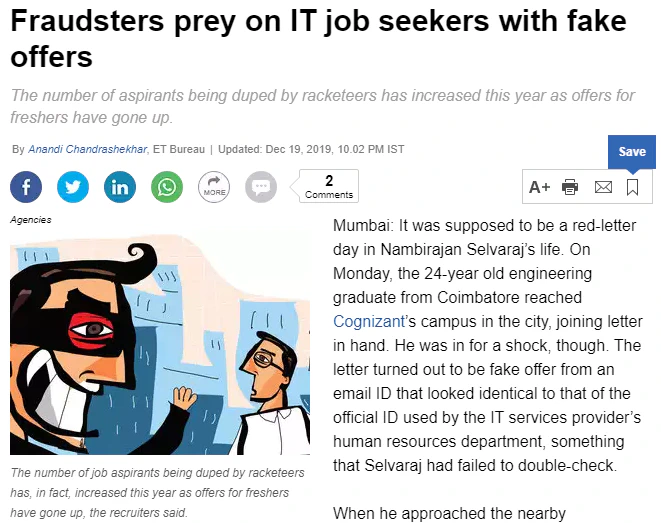
How can the recruitment industry prevent such occurrences in the future
In short, the communication from an organization with respect to any recruitment needs to be genuine and trustworthy. This communication can be a physical or electronic offer letter or any such similar document. These documents need to be made tamper proof and easily verifiable by the prospective candidates and hence we need a document security solution. By definition then, such a document security solution would consist of two parts -
1. Creating a document with relevant information that is secure and tamperproof
2. Ensuring such documents can be easily verified by a third party.
Any organization should be able to do this, to have the ability to incorporate some type of authenticity in its communication at least during two key points of interaction.
1. While calling prospective candidates for the Interview and 2. While issuing the offer letter.
It should become an industry practice to have all applicants verify and scan their job offers with an App or a validation tool available on the company website for the documents generated by the company. It should be possible to do this remotely, online or offline.
The offer should be considered genuine only if such communication/documents can be validated.
One way in which this can be done is to use a Secure QR code to capture the information at the time of generation of the document and then verify that using an App or a web validation tool.
You can achieve this by using Qryptal’s Secure QR codes as briefly explained below
How is it done ?
1. Add a Secure QR Code with details such as candidate name, date of interview, title position applied for or any such important information inside the QR code. These high security, tamperproof codes, can only be created by the issuing organizations and are digitally signed by their private key.
2. The QR code is machine-readable, and the information inside can be compared with the information on the document using a mobile app or a web validation tool which can also verify that the document has indeed been issued by the specific organization or recruitment agency.
3. The data remains private and confidential and doesn’t reside on any database. Hence its not possible to manipulate it after generation of the code.
4. The validator App or a web validation tool would be used to scan the code and display the information for verification. If the information has been tampered with, the validation would fail.
5. Each QR code is unique for every document/letter issued to a candidate. The technology can be easily integrated with the existing infrastructure and can handle the necessary processing volumes.
6. It works for both physical and electronic documents.
7. A self contained Secure QR code (called a primary data code - PDC) would work for offline verification without the need for data connectivity.
Here is a schematic which shows how this would look.
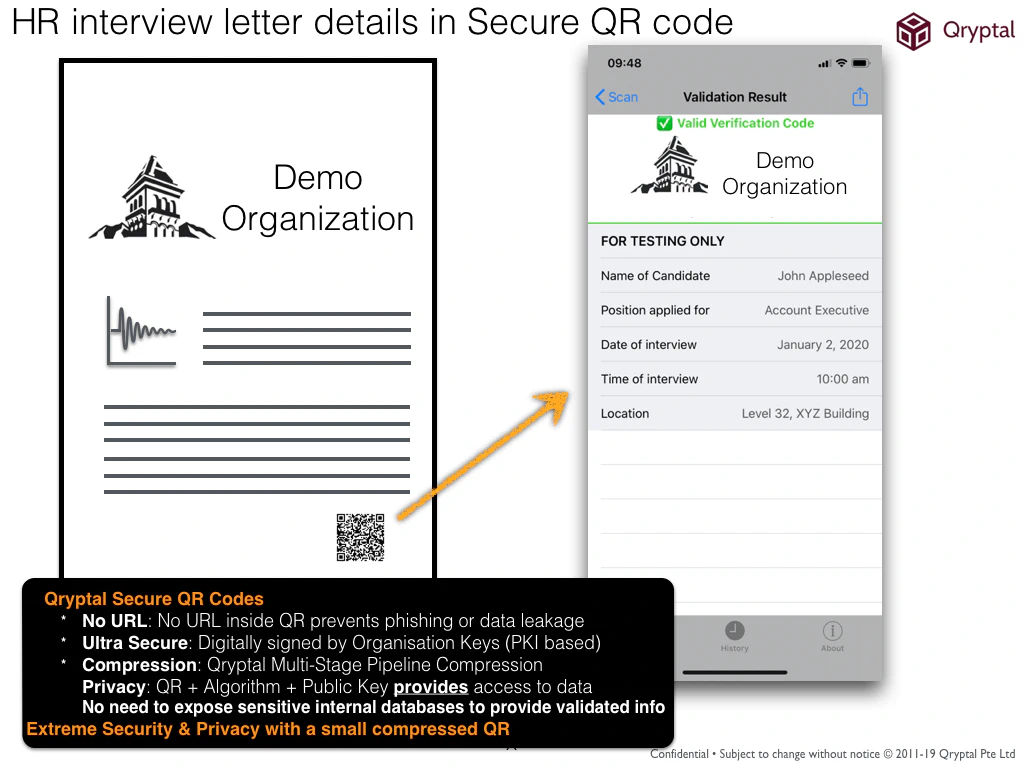
Scan of Secure QR code shows the interview details
Qryptal’s Secure QR codes are privacy-friendly with no dependency on databases and no sharing of customer sensitive information.
You may also like
